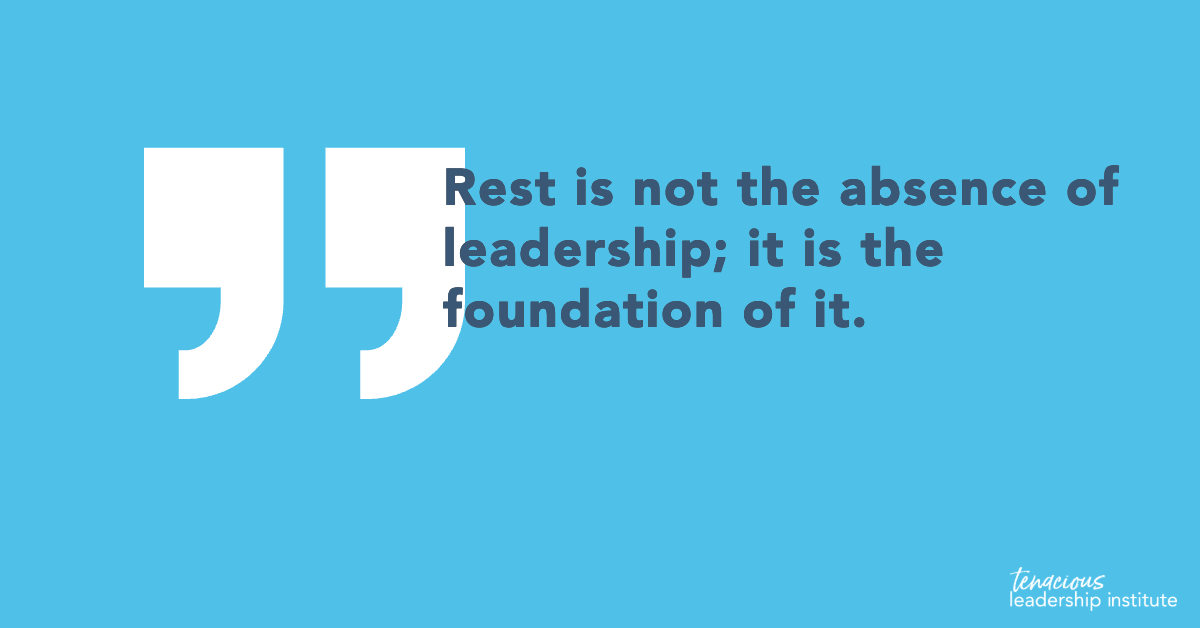The Risk of Hidden Exhaustion
Hidden exhaustion is different from burnout. Burnout is visible: leaders disengage, withdraw, or exit. Hidden exhaustion is subtler—it allows executives to keep delivering results, but at the expense of long-term effectiveness.
Harvard Business Review research notes that fatigued leaders still hit metrics but at significantly higher costs: reduced creativity, slower decision-making, and higher turnover among their teams.
One TLI client, a CFO in the energy sector, described feeling “functional but flat.” She was still delivering reports on time and guiding financial strategy, yet her team noticed she was less approachable, less patient in meetings, and resistant to new ideas.
These weren’t failures of competence—they were symptoms of hidden exhaustion. With coaching, she learned to spot her own early warning signs and introduced recovery practices such as structured pauses between back-to-back meetings and blocking space for strategic thinking. Within weeks, she regained presence and her team felt the difference.
Hidden exhaustion matters because it’s contagious. Neuroscience shows that emotional states spread through mirror neurons—when a leader’s fatigue shows up as irritability or disengagement, teams unconsciously pick it up, lowering energy across the board.
The danger isn’t only to the leader—it’s to the momentum and culture of the entire organization.
Here are five questions to uncover hidden exhaustion:
Where am I still delivering results, but with less energy or enthusiasm than before?
When was the last time I felt genuinely creative, rather than just functional?
What situations trigger impatience or irritability that wouldn’t normally bother me?
Where am I withdrawing—skipping informal conversations, delaying responses, or showing up less present?
Am I making decisions with clarity, or am I defaulting to the safest, quickest option to conserve energy?
These five questions help surface the subtle cracks that often go unnoticed until exhaustion becomes visible disengagement.
Hidden exhaustion is one of the most dangerous risks for executives because it often goes unnoticed until it’s already shaping culture and slowing momentum. Leaders who continue to perform while quietly running on empty may not recognize the cost until it shows up in strained relationships, diminished creativity, or teams that begin mirroring their fatigue. The good news: when detected early, exhaustion can be addressed with practical shifts in rhythm, recovery, and decision cadence.
That’s where our Disruption Leadership Audit™ comes in. The Audit provides a science-backed snapshot of how you’re leading under pressure—pinpointing where hidden exhaustion may be eroding your impact and where your greatest reserves of stamina can be strengthened. It’s designed to give executives clear, actionable insights to sustain energy, sharpen decision-making, and model resilience through complexity.
If you’ve noticed yourself pushing forward while feeling less creative, patient, or present, now is the moment to check in before the cracks widen. The Disruption Leadership Audit™ is your first step to restoring clarity and ensuring your leadership remains both tenacious and sustainable.
Leadership Practice
The Energy Check-In
This week, try a 3-minute Energy Check-In before your most important meetings:
Pause and Notice – Ask yourself: Am I showing up with clarity or fatigue right now?
Identify the Signal – What might your team pick up from your tone, body language, or pace?
Choose a Reset – Take a short action (deep breath, brief walk, hydration, or a moment of silence) to shift into presence.
By bringing conscious awareness to your energy state, you ensure your team experiences your leadership at its best—not through the lens of hidden exhaustion.
Author
Athena Williams, Founder and CEO of Tenacious Leadership Institute, has been supporting leaders worldwide to become more tenacious for over 20 years. She has found that tenacity is the key to sustained leadership success in today’s ever-changing world. Through her coaching and leadership development programs, she helps leaders expertly handle change, complexity and other challenges so they can quickly get better results for themselves, their teams and their organizations.
Take the first step to becoming a tenacious leader by scheduling a call with us.



